Following an investigation into anti-dumping duties on HRC imported from China and India, the Ministry of Industry and Trade has decided to impose preliminary anti-dumping duties on some HRC products imported from China. Analysts say this is good news for HRC steel producers in Vietnam. However, galvanized steel producers that rely on imported HRC will be negatively impacted.
HRC manufacturing enterprises benefit
Following the investigation into anti-dumping duties on HRC imported from China and India that began in July 2024, on February 21, 2025, the Ministry of Industry and Trade decided to impose preliminary anti-dumping duties on a number of HRC products imported from China (according to Decision 460/QD-BCT), with preliminary tax rates ranging from 19.38% to 27.83%. This decision takes effect from March 8, 2025 and within 120 days thereafter.
According to the Ministry of Industry and Trade, during the investigation of the case, this unit coordinated with relevant agencies to review and assess the impact of dumping of imported goods on the activities of the domestic manufacturing industry, the level of dumping of manufacturing and exporting enterprises from India and China. The investigation results showed that although dumping existed, because the import rate of investigated goods from India was insignificant (less than 3%), the investigated goods from India were excluded from the scope of application of temporary anti-dumping tax.
In a quick assessment of the steel industry, experts at SSI Research said that this is good news for HRC steel producers in Vietnam such as HPG, the company that is expected to start operating Dung Quat 2. This plant will have a total capacity of 5.6 million tons, with the first furnace (2.8 million tons) coming into operation in the first quarter of 2025 and the second furnace in the fourth quarter of 2025. This capacity accounts for 34% of the country's total annual HRC demand.
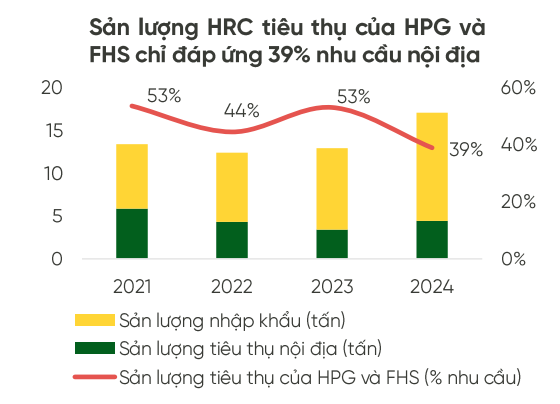
With the imposition of anti-dumping duties, Vietnam’s HRC market is less likely to face oversupply when Dung Quat 2 comes into operation, easing price pressure. Although SSI had predicted that there would be preliminary anti-dumping duties on imported HRC, the applicable duties were higher and were implemented earlier than expected.
According to analysis by VPBank Securities (VPBankS), the announced anti-dumping tax rate is higher than the usual difference between Vietnam's HRC and China's HRC. Normally, the selling price of HRC of Hoa Phat Group (HPG) and Formosa (FHS) is always 15-45 USD/ton higher than the price of HRC imported from China (corresponding to a difference of 2.9% - 9% compared to the price of China's HRC).
With the above anti-dumping tax rate, the HRC consumption output in the domestic market of enterprises such as HPG and Formosa will have the motivation to increase sharply because the annual HRC consumption output of these two enterprises only meets 39% of current demand.
“We see that HPG will be the enterprise that benefits the most from this news as the enterprise prepares to put phase 1 of the Dung Quat 2 project into trial operation,” VPBankS commented.
Phase 1 of Dung Quat 2 project will help HPG increase HRC production capacity to 6.8 million tons/year, an increase of 70% compared to current HRC production capacity.
Galvanized steel enterprises are negatively affected
On the other hand, galvanized steel manufacturing enterprises such as Hoa Sen Group (code HSG), Nam Kim Steel (NKG)... that depend on imported HRC will be negatively impacted.
Sourcing HRC from domestic or India (HRC from India is not yet subject to anti-dumping duty) or other sources like Malaysia, Indonesia... will be a good option to minimize the overall impact.
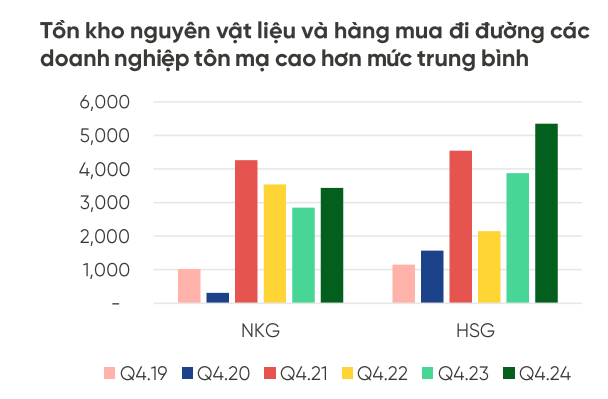
In fact, this group of companies has proactively minimized risks by diversifying their sources of input HRC. From the financial report of Q4/2024, VPBankS found that businesses are recording higher-than-average inventory values of raw materials and goods in transit, showing signs of stockpiling input HRC before the CBPG decision was announced.
Therefore, in the short term, the negative impact on businesses such as HSG and NKG will be insignificant. In the long term, galvanized steel businesses will have to accept using domestic HRC or importing from sources other than China with HRC prices higher than Chinese HRC prices.
According to Vietcombank Securities (VCBS), the domestic real estate market has shown signs of significant recovery compared to the previous frozen period after many support policies from the Government and low interest rates. As a result, domestic steel product consumption output has recovered quite well in the fourth quarter of 2024.
Another positive point comes from the fact that Chinese HRC steel has shown signs of decreasing exports to Vietnam in January 2025. Specifically, the steel export level to Vietnam only reached 537,000 tons, down from the previous level of 800,000 to 1 million tons of steel per month. This helps domestic HRC consumption to improve in the context of weak exports.
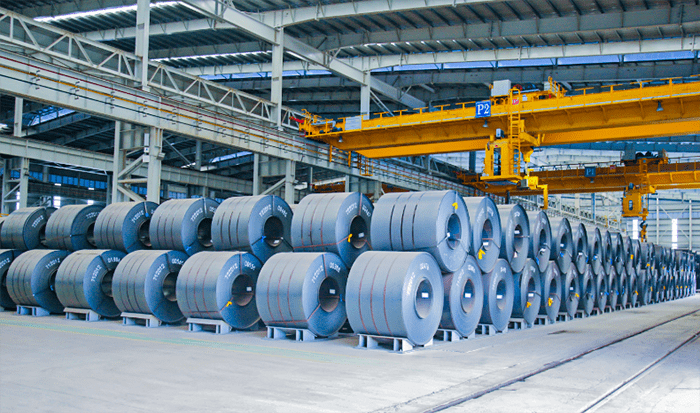
Regarding steel exports and prices, VCBS believes that the prospect of lower interest rates worldwide will help stimulate the housing market in Vietnam's key partner countries such as the US, Europe, and ASEAN. This will continue to be a springboard for a favorable steel export market and maintain good output levels in the following quarters.
In addition, the major change also comes from global steel demand when China takes measures to stimulate the real estate market after the pandemic. VCBS believes that demand for the Chinese steel industry has bottomed out and has many recovery drivers, thereby stimulating steel prices to increase next year.
''The imposition of preliminary tariffs on HRC is in line with the current global protectionist trend towards key domestic industries such as chipmaking or steel, which is a long-term positive driver for domestic investment in these industries. This could bring about a potential repricing scenario for the industry, although it may not happen immediately, as investors need time to absorb the news and assess the full impact of this development,'' the SSI report stressed.
Source: https://baodaknong.vn/tin-hieu-tich-cuc-cho-doanh-nghiep-san-xuat-thep-hrc-noi-dia-243719.html








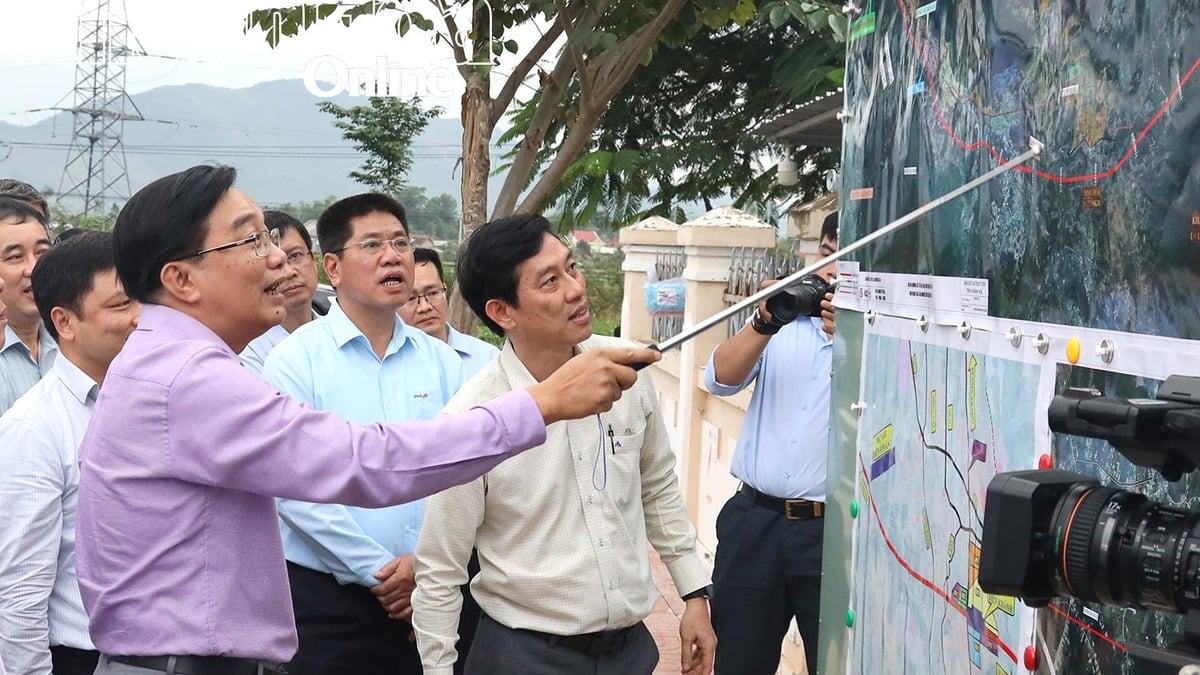

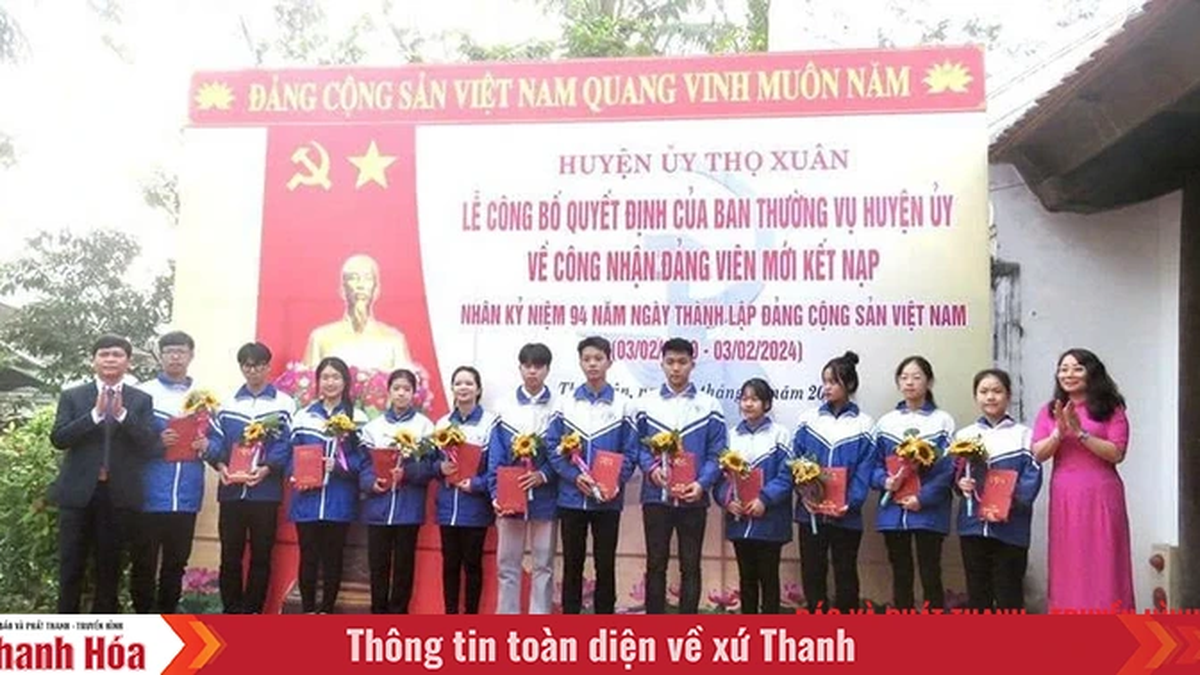

















![[Photo] National Assembly Chairman attends the seminar "Building and operating an international financial center and recommendations for Vietnam"](https://vphoto.vietnam.vn/thumb/1200x675/vietnam/resource/IMAGE/2025/7/28/76393436936e457db31ec84433289f72)







































































Comment (0)